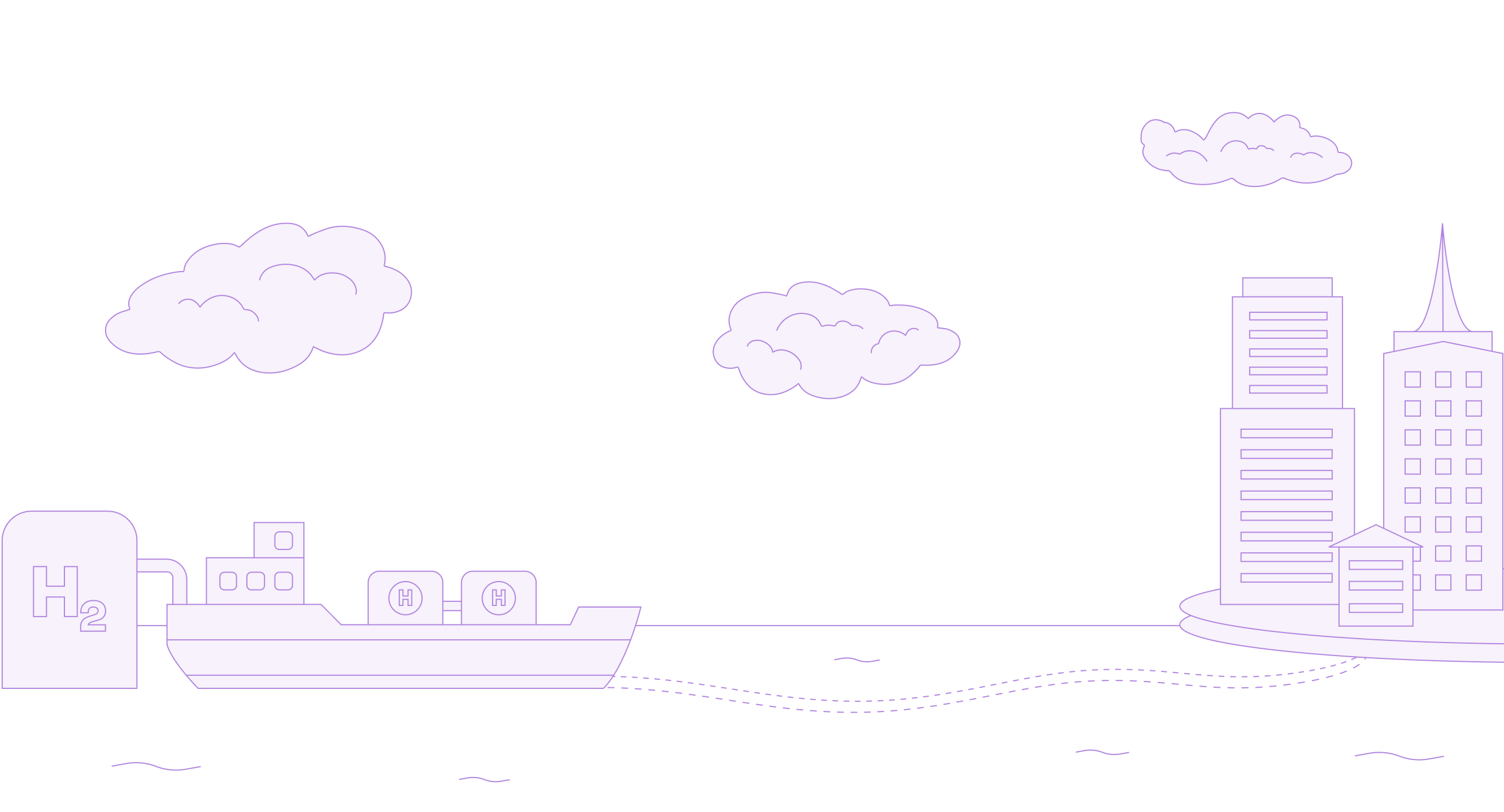Hydrogen


Hydrogen
The increase in electricity consumption and the need to decarbonize this sector mean that renewable energies have to be developed on a massive scale. On every continent, hundreds of thousands of wind turbines and tens of millions of solar panels will have to be installed. While this effort is essential to ensure the energy supply of populations and industries, the availability of sites, their acceptance by local populations, the potential usage conflicts with agriculture, the weakness of many national electricity grids and the quality of wind and solar deposits are all limits to what certain geographical areas (particularly Europe and Asia) will be able to install.
So, to reduce their carbon footprint while ensuring energy supplies for their consumers, these regions will have to find a technological mean of "importing the wind or the sun from most appropriate areas (Latin America, Africa, Australia, etc.), enabling them to produce green electricity at low cost. But electricity is not economically transportable over long distances. Hydrogen or its derivatives (ethanol, green fuels, ammonia, etc.) could be used to transport this electrical energy. Once they arrive in consumption areas, it could help in decarbonizing certain industries (metallurgy, refining, chemicals, etc.) or the energy sector (land or sea transport, base load or peak load electricity production to cover the intermittent nature of local renewable energies).
This sector still faces many technological challenges to overcome. EREN Groupe have been working on it with TotalEnergies for more than three years and is developing some of the best sites on the planet with the goal of providing long-term solutions for geological areas with a structural shortage of renewable energies by the end of the decade.
So, to reduce their carbon footprint while ensuring energy supplies for their consumers, these regions will have to find a technological mean of "importing the wind or the sun from most appropriate areas (Latin America, Africa, Australia, etc.), enabling them to produce green electricity at low cost. But electricity is not economically transportable over long distances. Hydrogen or its derivatives (ethanol, green fuels, ammonia, etc.) could be used to transport this electrical energy. Once they arrive in consumption areas, it could help in decarbonizing certain industries (metallurgy, refining, chemicals, etc.) or the energy sector (land or sea transport, base load or peak load electricity production to cover the intermittent nature of local renewable energies).
This sector still faces many technological challenges to overcome. EREN Groupe have been working on it with TotalEnergies for more than three years and is developing some of the best sites on the planet with the goal of providing long-term solutions for geological areas with a structural shortage of renewable energies by the end of the decade.
related companies
Haffner Energy
